Master Works 2014: Cambridge Galleries, Design at Riverside
Exhibition dates: September 30 – October 26
Opening: Tuesday, September 30, 6:30pm
Each fall Design at Riverside presents Master Works, an annual juried exhibition selected from proposals for solo and/or group exhibitions by students or recent graduates of the Masters of Architecture program at the University of Waterloo School of Architecture. This year Stephanie Boutari was selected for her thesis work entitled Second Skin: Painting Architecture.
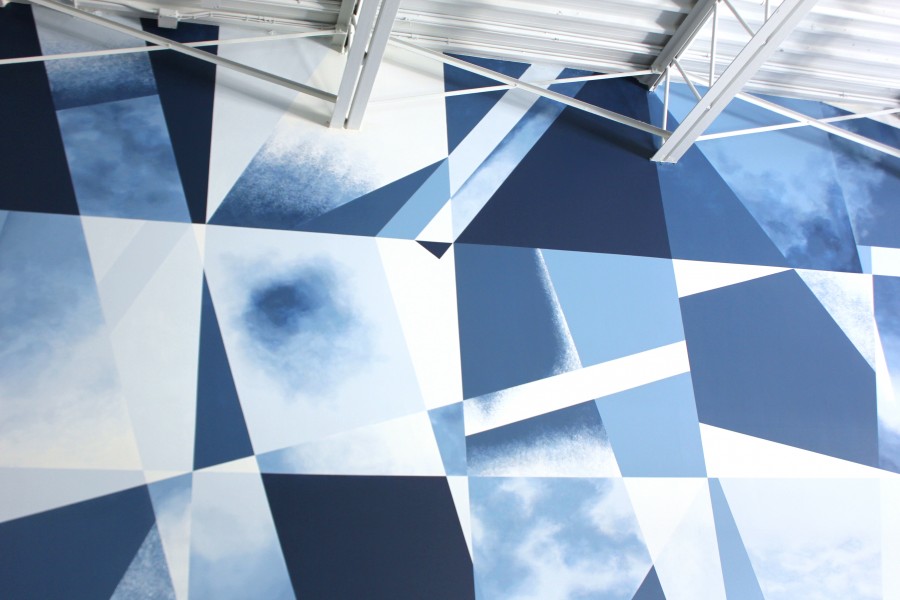
Second Skin: Painting Architecture
Stephanie Boutari
Summary
“Architecture is the thinnest of the arts. To occupy your house is to move about inside a millimetre thick bag made of the paint on the walls and ceiling and the clear coat of varnish on the floor… it is not the spaces that are painted; rather, space is an effect of paint. Our architecture is made of paint yet there are no classes on paint in architecture school; professional magazines never refer to it and architects never discuss it. Our discipline pretends that architecture is thick, that it is the materials beneath the outer skin that are experienced and not the skin. There is a congenital fear of being superficial.”
– Mark Wigley, Paint Space
Second Skin: Painting Architecture draws on my current thesis work-in-progress: a creative and conceptual inquiry into the role of surface or skin in architectural theory and practice. Research is combined with a series of paintings and large-scale murals that serve to question predominant attitudes and assumptions that underlie architectural discourse. Architectural criticism traditionally maintains a hierarchical opposition between depth and surface, structure-skin, natural-artificial, authentic-fake, material-immaterial, bare-decorated, neutral-coloured, and the spatial versus two-dimensional, wherein the former is always privileged over the latter. My thesis work aims to critically interrogate and destabilize these notions.
I use painting to aesthetically explore concepts relating to the architectural surface on a direct and personal level. My approach consistently confronts dichotomies residing within painting/architecture and the tectonic/atectonic, striving to highlight the ambiguities of that discourse. Paint in particular is an archaic, ubiquitous medium of the built environment; yet, architects typically regard paint as a non-material, a substance whose application is virtually two-dimensional. In practice it is usually nothing more than a standard protective coating or decorative finish. Conversely, I use paint as a constructive material, a creator of space. Architectonic qualities of depth, materiality, modular geometry, rhythm, weight, lightness, compression, tension, and transparency are expressed through the painted two-dimensional surface.
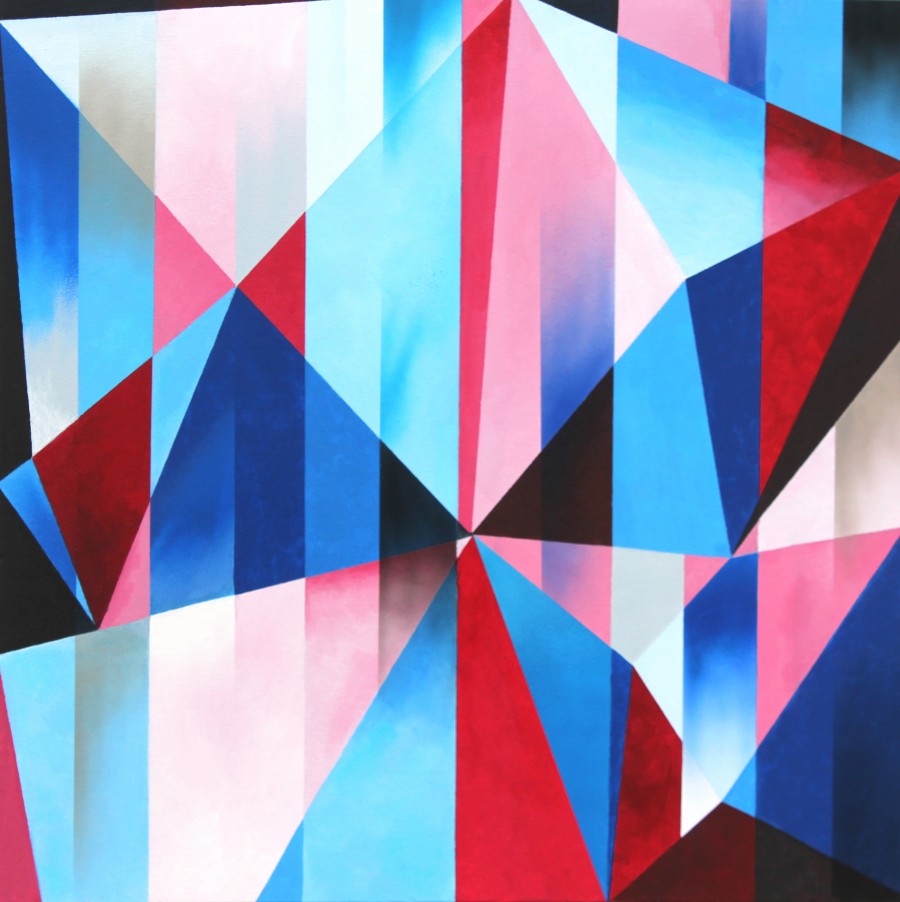
The thesis research component cross-examines modern and postmodern architectural ideologies of surface in the context of historical changes in construction technology, material production, and attitudes towards the use of architectural ornament, colour, and other decorative elements tied to surface. Arguably, the question of surface has been present since modernity’s first division of structure and cladding, and the invention of the curtain wall. This separation has sustained a notion of the architectural surface as a form of clothing that autonomously hangs off of a body – a notion that has made the question of its role all the more problematic. The surface also bears long held cultural stigmas as being the perpetrator of all that is seductive, inauthentic, and superfluous.
These ideas are juxtaposed against recent observations of contemporary architectural practice’s increasing preoccupation with surface, the expanding use of interactive multimedia building skins, blurring boundaries between architecture and art, the prevalence of street art in cities around the world, and an increasingly image-saturated built environment.
As our ‘second skin’, this thesis argues that the architectural surface is as valid an investigation as questions of form or structure, and that it constitutes a legitimate practice within the field of architecture.
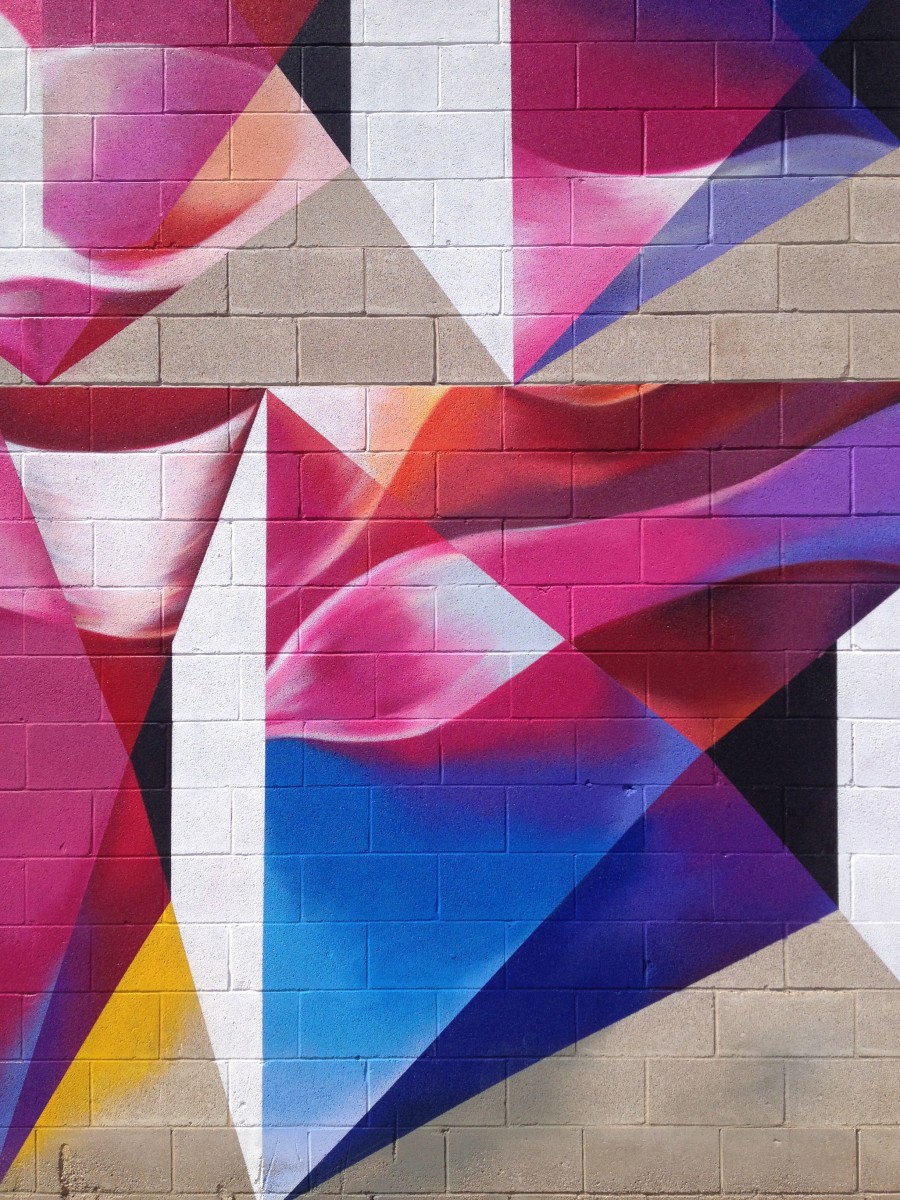
Personal Background
Throughout my educational and professional endeavours, the aspiring architect and artist within me have always been in internal conflict. This thesis is my attempt at reconciling the two.
I began with painting architecture: as both an aspiring painter and a student of architecture, this was something I had wanted to do for some time. I was deeply interested in several threads of research – urban art, the use of colour in architecture, and contemporary crossovers between art and architecture.
In the context of an architecture thesis, I was facing heavy doubts about the validity and appropriateness of this search. Focusing on something as superficial as the two-dimensional surface, particularly with regard to colour, paint, and visual effects, went against everything I had been taught to value in architecture school. Exercises in form, functionality, program, structure, and materiality were what garnered my attention throughout academia. Colour was a topic I seldom gave a second thought. Something deemed ‘ornamental’ or ‘aesthetic’ in architectural criticism was equivalent to being shallow or superfluous. My artistic and architectural interests were, apparently, mutually exclusive.
Painting an existing building only reinforced the fickle and somewhat insubstantial nature of my endeavour. Paint eventually chips and peels. Art and colour are subjective matters that are difficult to define or critique from an architectural standpoint. Such subjects border on the realm of décor and interior design, fields often viewed by architects as beneath their purview.
After painting my first mural, these concerns evolved into an inquiry about the fundamental ideologies of surface in architectural discourse, and the hierarchical assumptions that have shaped my architectural thinking thus far. I question how, in pursuit of authenticity, architecture has traditionally privileged depth over surface, structure over skin, and function over appearances. In many instances, particularly in contemporary architectural practices, this dichotomy seems increasingly harder to justify. That inquiry is the core of my thesis.


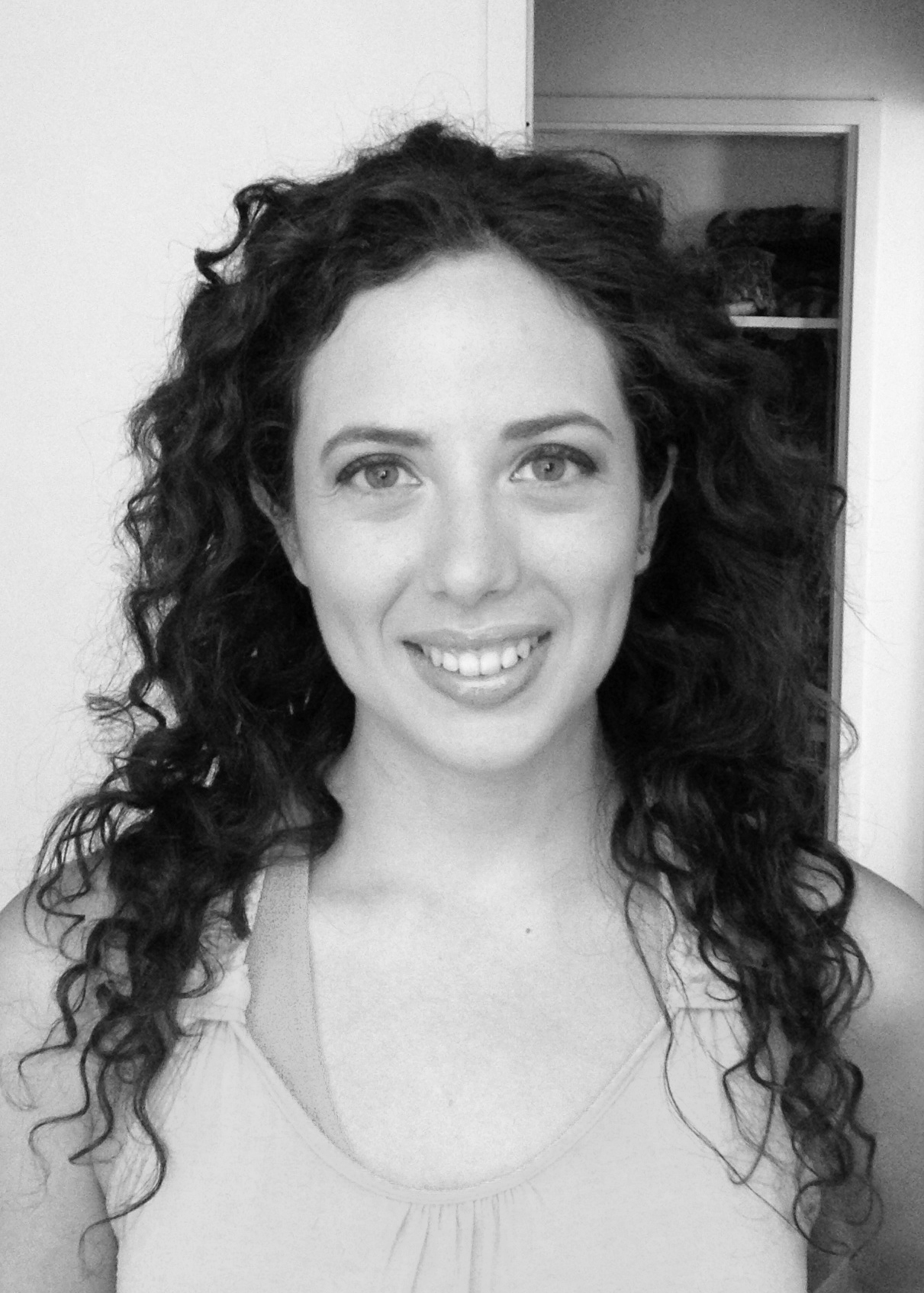
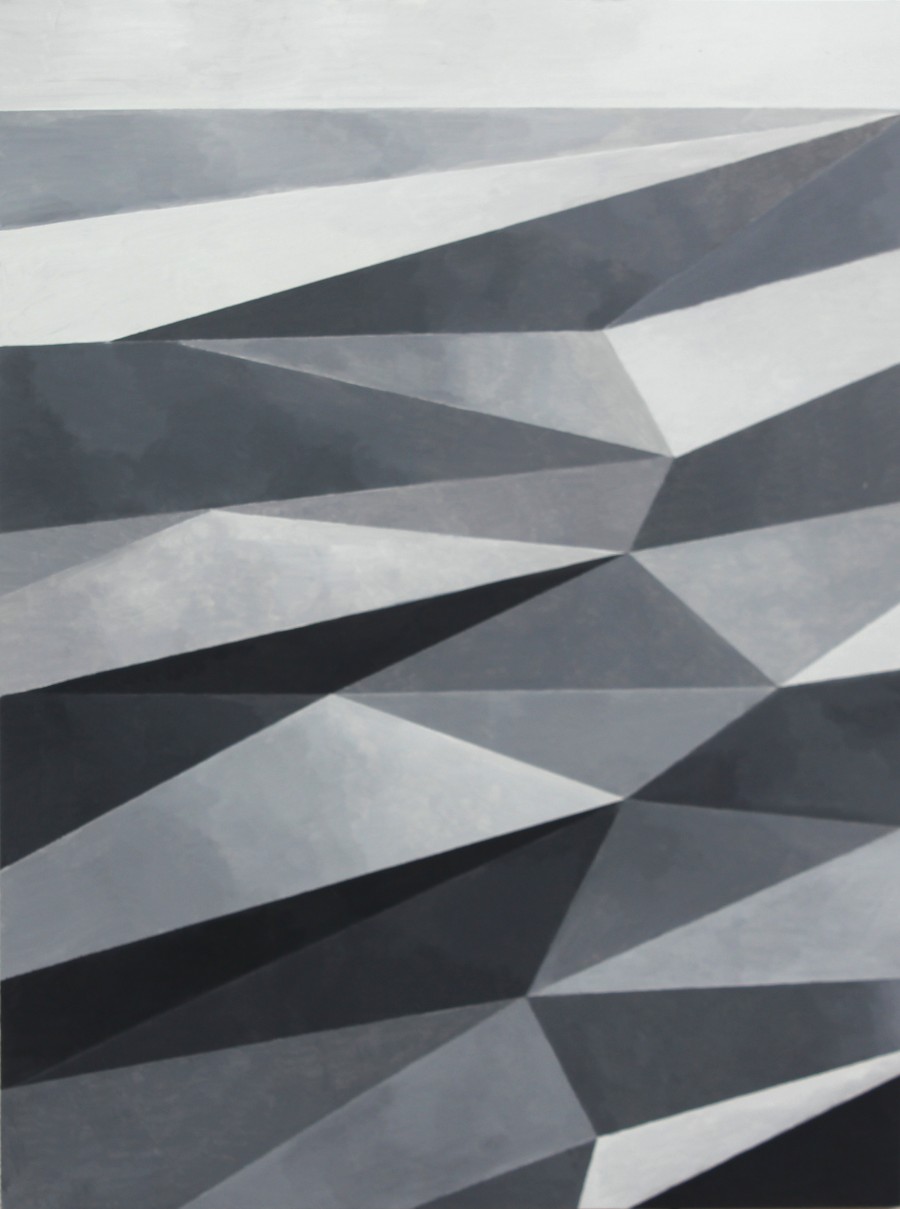
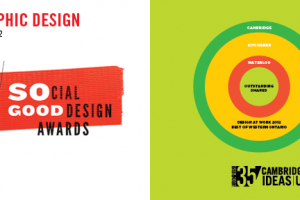
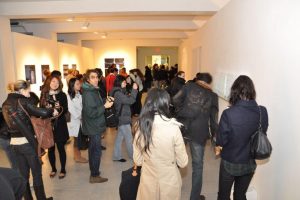
1 Comment
Leave your reply.